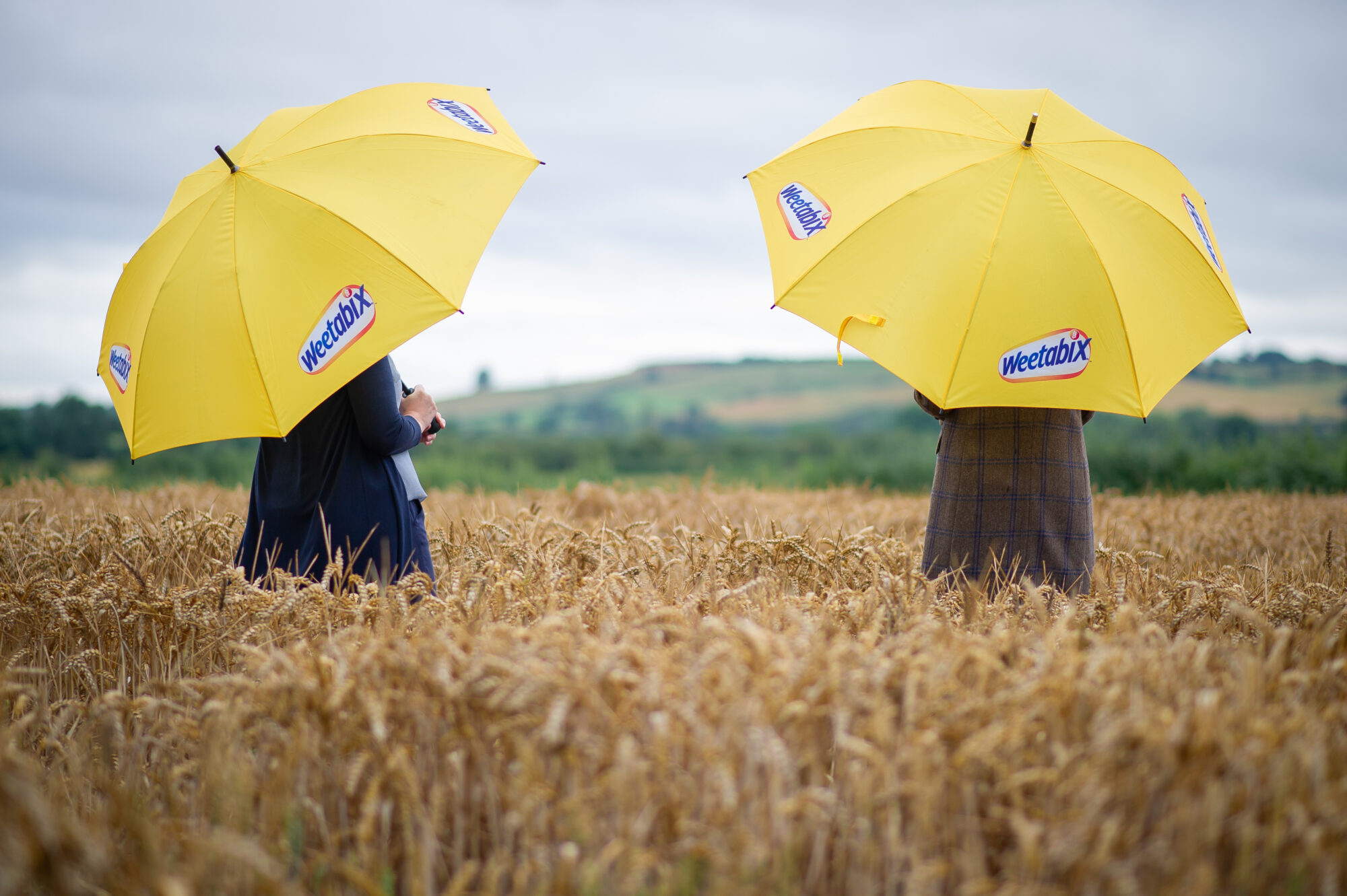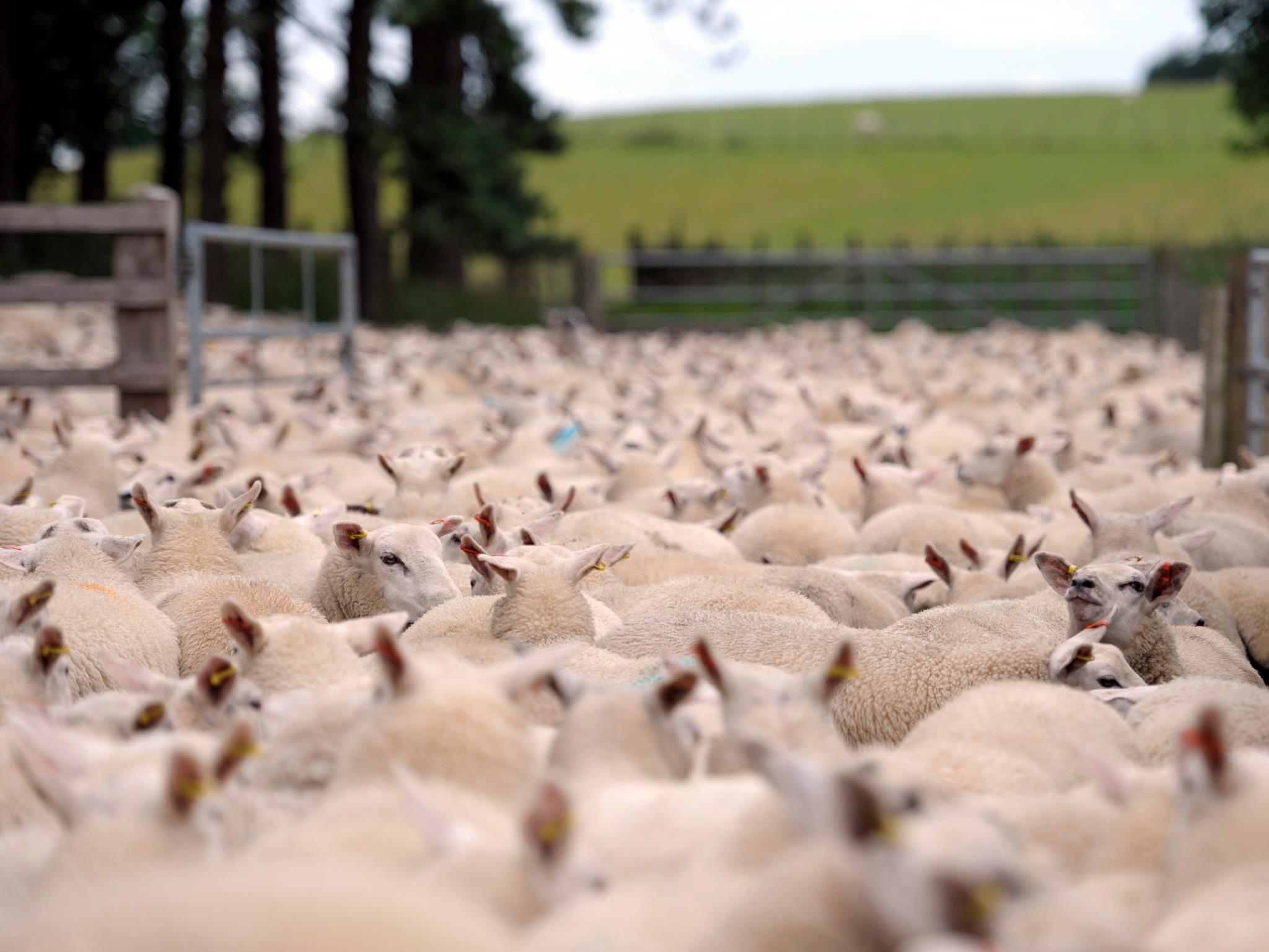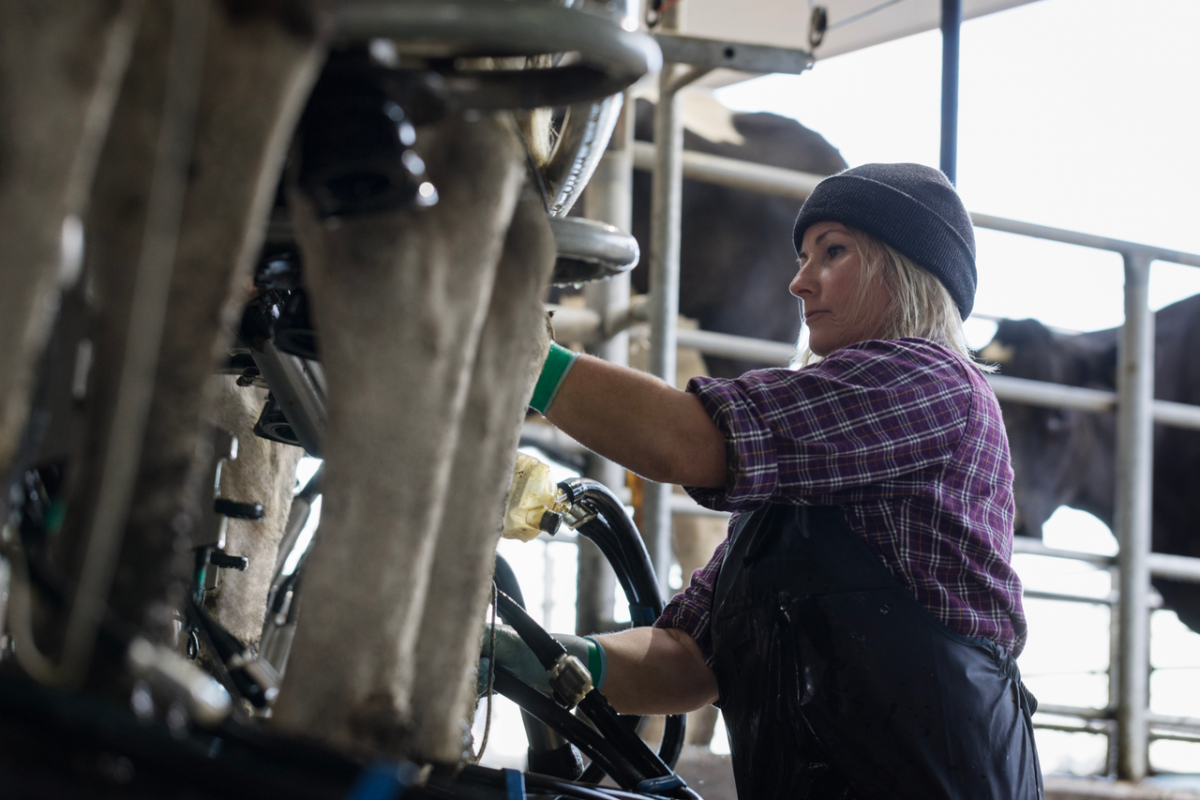UK food manufacturer has committed to be a carbon net zero business by 2050, and its ‘Weetabix Growers Group’ will play a significant role. So how is it helping them to achieve these goals? Olivia Cooper reports
Breakfast cereal maker Weetabix sources over 100,000t of wheat a year from British farmers. While the company is taking steps to reduce its own direct carbon emissions, it is also looking further afield, in the arable field, because over 60% of its carbon footprint comes from its supply chain – known as Scope 3 emissions.
That’s why the company is collaborating with its dedicated Weetabix Growers Group first to help them identify what their emissions are, and then, to find out how to reduce them.
“All of the wheat for Weetabix original is grown within 50 miles of the factory, with a dedicated group of 120 growers,” explains Peter Chandley, head of quality and food safety. “We started the growers group over 12 years ago – to collaborate with our merchants and growers on food safety and sustainability.”
The Weetabix Growers Group has worked collectively on a wheat standard that covers quality, food safety and sustainability called “The Weetabix Protocol” which is updated annually. The growers group meets regularly and has an annual conference to share knowledge and progress on initiatives.
Four years ago, Weetabix published its sustainability strategy. The strategy is made up of four workstreams, or pillars, with one pillar focusing on sustainable ingredients. Having had an early emphasis on the sourcing of materials such as palm oil and cocoa, Weetabix turned its attention to wheat.
But where to start? Working with the European Food and Farming Partnerships (EFFP), Peter’s first step was to measure a baseline. He considered the various elements of sustainability, such as water quality and biodiversity, before settling on carbon emissions and nitrogen use efficiency (NUE) as the measure. “Creating a single focus can be far more effective, and if we tackle that, everything else should follow.”
EFFP suggested Map of Ag was engaged to gather robust data, and Weetabix introduced the firm to its growers group a year ago. The farmers were understandably sceptical and had lots of questions, but Map of Ag’s head of sustainability, Hugh Martineau, won their confidence, Mr Chandley says.
“We wanted knowledgeable people to ensure a two-way relationship. We didn’t want to just ask for our growers’ data. We wanted to give something back.”
Following a successful pilot with three growers, Map of Ag then worked with an additional 14 growers – who produce 40% of Weetabix’s protocol wheat – to measure their carbon footprints and NUE. “We get as much information as we can from their farm management software – if they don’t use software then we can collect it online,” says Mr Martineau.
“This includes all inputs, such as fertiliser, sprays, and field operations, as well as outputs such as wheat yields and quality. Using the Cool Farm Tool, the data is processed into a carbon footprint and NUE figure. The platform shows growers what their total emissions are, their emissions intensity per tonne of wheat produced, and their NUE – how much nitrogen is transferred into the harvested product. “Nitrogen is responsible for 70-80% of all greenhouse gas (GHG) emissions from wheat production,” Mr Martineau explains.
“NUE is a very meaningful figure which gives an idea of the potential wastage in the system.” The group’s GHG emissions were significantly below the previous estimates which used secondary data, averaging 221kg of CO2e per tonne of wheat – although that could be in part due to the favourable weather for the 2022 harvest. “Our growers had significantly higher nitrogen use efficiency than the national standard, too, which is great news,” says Mr Chandley. However, it will be important to repeat the survey every year, to build a robust dataset and reflect the impact of different weather and climate conditions. “We would like to work
with 25-30 growers this year which will give them the opportunity to benchmark their performance anonymously against everyone else, as well as year on year.”
Neither Map of Ag or Weetabix wants to be prescriptive about how growers should reduce their emissions – instead, they want to collaborate with them, their merchants, and other advisers to help identify the best approach for their farm.
Data is the key. A small number of the growers group are going to work with Map of Ag to look at how to keep measuring emissions and carbon sequestration and get a whole-farm picture. They can then share their expertise and experience with other growers. “There will be hurdles, but our growers are great people to
work with and it’s exciting to see them making a difference.” says Mr Chandley.
Map of Ag will test other carbon footprinting tools to compare against the Cool Farm Tool and is now helping the pioneer group of growers to understand where their emissions come from, so they can tackle them. This year, 32% of their emissions came from nitrogen fertiliser production and 45% from its infield application. “It’s very clear we need to reduce fossil fuel-derived products like nitrogen fertiliser,” says Mr Martineau. “We also need to use it as efficiently as possible.”
The company will now be looking at measuring and improving carbon sequestration in the soil, through methods such as minimum tillage, cover crops and organic manures. “We want to understand what’s happening in the soil,” Mr Martineau adds. “The primary objective of improving soil organic matter is to boost NUE – sequestration is just an added bonus. Given all the different soil types and farming systems, there is no one size fits all – we are using the data to help farmers know where to focus their attention and figure out what is right for them.”


